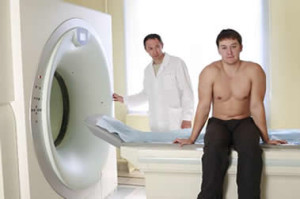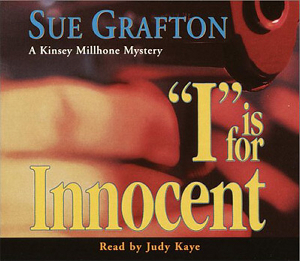 The Journal of Nutrition published a study on chocolate this month that was immediately picked up by the press. The headline of choice was “Dark Chocolate Prevents Heart Disease.” Slightly more discriminating publications were willing to say “Dark Chocolate May Prevent Heart Disease.” A marginally more accurate but still flawed headline: “Dark chocolate linked to lower risk of heart disease.”
The Journal of Nutrition published a study on chocolate this month that was immediately picked up by the press. The headline of choice was “Dark Chocolate Prevents Heart Disease.” Slightly more discriminating publications were willing to say “Dark Chocolate May Prevent Heart Disease.” A marginally more accurate but still flawed headline: “Dark chocolate linked to lower risk of heart disease.”
The title of the original journal article is “Regular Consumption of Dark Chocolate Is Associated with Low Serum Concentrations of C-Reactive Protein in a Healthy Italian Population.” OK. Medical journalists need to translate dense, academic prose into everyday language. But there really is a big difference between saying you can prevent heart disease by eating chocolate and saying there’s a correlation between chocolate consumption and a medical marker associated with the risk of heart disease.
The first implies a cause and effect relationship. With the second, you have no way of knowing if the correlation is a coincidence and some other factor actually explains what you’re observing. You need to look at more than one study and the right type of study. Jumping to the headline “Chocolate prevents heart disease” is simply a quick way to get attention. That’s why you need to beware of health news. Read more






